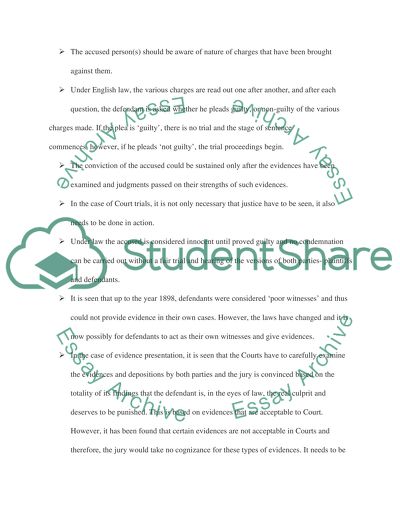Cite this document
(Criminal Justice and Area of Child Crimes Coursework, n.d.)
Criminal Justice and Area of Child Crimes Coursework. Retrieved from https://studentshare.org/law/1546633-law-question-the-government-is-considering-whether-young-people-should-be-tried-in-criminal-courts-in-the-same-way-as-adult-your-local-mp-is-aware-that-this
Criminal Justice and Area of Child Crimes Coursework. Retrieved from https://studentshare.org/law/1546633-law-question-the-government-is-considering-whether-young-people-should-be-tried-in-criminal-courts-in-the-same-way-as-adult-your-local-mp-is-aware-that-this
(Criminal Justice and Area of Child Crimes Coursework)
Criminal Justice and Area of Child Crimes Coursework. https://studentshare.org/law/1546633-law-question-the-government-is-considering-whether-young-people-should-be-tried-in-criminal-courts-in-the-same-way-as-adult-your-local-mp-is-aware-that-this.
Criminal Justice and Area of Child Crimes Coursework. https://studentshare.org/law/1546633-law-question-the-government-is-considering-whether-young-people-should-be-tried-in-criminal-courts-in-the-same-way-as-adult-your-local-mp-is-aware-that-this.
“Criminal Justice and Area of Child Crimes Coursework”. https://studentshare.org/law/1546633-law-question-the-government-is-considering-whether-young-people-should-be-tried-in-criminal-courts-in-the-same-way-as-adult-your-local-mp-is-aware-that-this.


